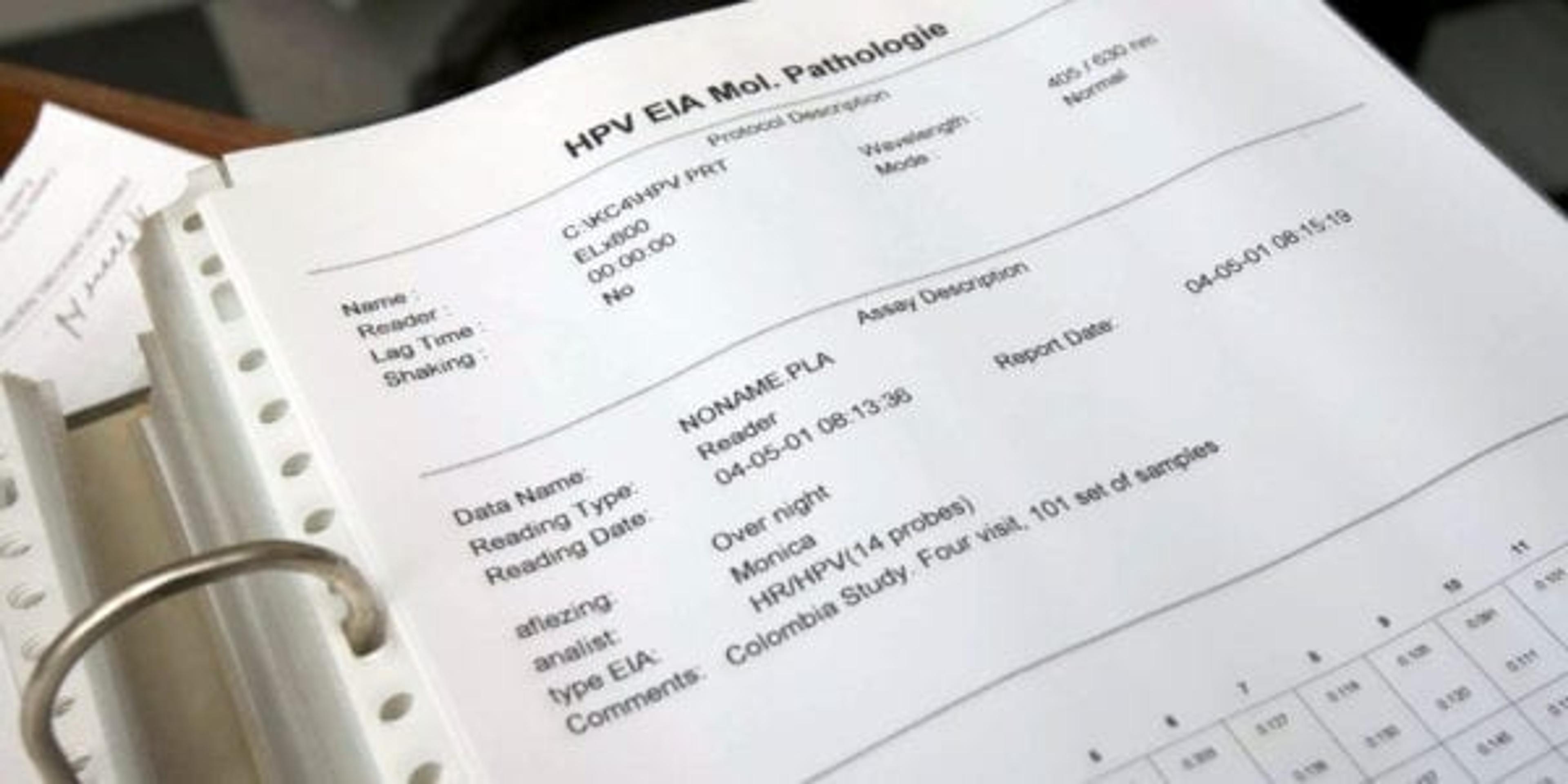Steps Every Woman Can Take to Lower Risk of Cervical Cancer
| 2 min read

It was one of the more common causes of cancer deaths in women, but cervical cancer rates are now on the decline. According to the American Cancer Society, over the last 30 years, the cervical cancer death rate has gone down by more than 50 percent thanks to medical advancements like the Pap smear and human papillomavirus (HPV) vaccine. But the fight isn’t over. This year an expected 12,900 new cases of cervical cancer will be diagnosed and 4,100 women will die from the disease. That’s why it’s still important to do everything you can to lower your risk.
The first line of defense is to get the HPV vaccination. Cervical cancer is caused by certain strains of HPV, and the vaccine protects against the strains that cause the most common types of cancer. In fact, the HPV vaccine protects against 70 percent of cervical cancers and 90 percent of genital warts cases. There are two HPV vaccines available: Gardasil and Cervarix. It’s recommended that girls and boys get the vaccine, which is a series of three shots, when they are 11 or 12 years old. However, doctors still recommend women and men up to the age of 26 get the vaccine if they didn’t receive it when they were younger.
But that’s just the first step. All women—even those who were vaccinated against HPV—are advised to get regular cervical cancer screenings from their gynecologists. The screening can be a Pap smear, which is when cells are removed from the surface of the cervix and examined under a microscope for abnormalities, or an HPV test, which is when the cells are sent to a lab to test for HPV. HPV test results are either positive or negative, and a negative result means you have a less than one percent chance of developing cancer in the next three years. Some doctors may even choose to co-test, or administer both the Pap smear and the HPV test.
How often should you get tested? While it has commonly been annual, the American Cancer Society recommends that women need to be screened for cervical cancer every three years.
Are you interested in other ways you and your loved ones can determine cancer risk? Check out these blogs:





